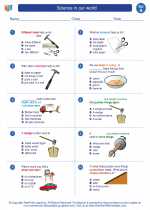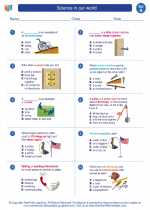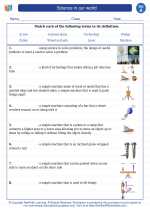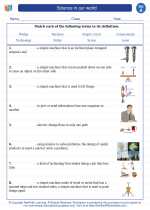Peripheral Nervous System
The peripheral nervous system (PNS) is the part of the nervous system that consists of the nerves and ganglia outside of the brain and spinal cord. It connects the central nervous system to the limbs and organs, essentially serving as a communication relay between the brain and the rest of the body.
Components of the Peripheral Nervous System:
- Nerves: These are cable-like bundles of nerve fibers that transmit signals between the central nervous system and the rest of the body. There are two types of nerves in the PNS: sensory nerves that carry information from the body to the brain, and motor nerves that carry signals from the brain to the muscles and glands.
- Ganglia: These are clusters of nerve cell bodies located outside the central nervous system. They play a role in processing sensory information and transmitting signals to and from the central nervous system.
Functions of the Peripheral Nervous System:
The PNS has several important functions, including:
- Sensory Function: The PNS gathers information from the body's external and internal environments through sensory receptors and transmits this information to the central nervous system for processing.
- Motor Function: The PNS carries signals from the brain to the muscles and glands, enabling voluntary and involuntary movements as well as the regulation of organ function.
- Autonomic Function: The PNS also controls involuntary bodily functions such as heart rate, digestion, and respiratory rate through the autonomic nervous system.
Study Guide:
To better understand the peripheral nervous system, consider the following study guide:
- Define the peripheral nervous system and explain its role in the overall nervous system.
- Identify and describe the components of the PNS, including nerves and ganglia.
- Discuss the functions of the PNS, emphasizing its sensory, motor, and autonomic functions.
- Explore real-life examples of how the PNS operates, such as the sensation of touch or the movement of muscles.
- Compare and contrast the PNS with the central nervous system, highlighting their differences and interdependence.
By understanding the peripheral nervous system, you will gain insight into how the body communicates with the brain and how various bodily functions are regulated.
[Peripheral Nervous System] Related Worksheets and Study Guides:
.◂Science Worksheets and Study Guides First Grade. Science in our world
Study Guide Science in our world
Science in our world  Worksheet/Answer key
Worksheet/Answer key Science in our world
Science in our world  Worksheet/Answer key
Worksheet/Answer key Science in our world
Science in our world  Worksheet/Answer key
Worksheet/Answer key Science in our world
Science in our world  Vocabulary/Answer key
Vocabulary/Answer key Science in our world
Science in our world  Vocabulary/Answer key
Vocabulary/Answer key Science in our world
Science in our world 

 Worksheet/Answer key
Worksheet/Answer key
 Worksheet/Answer key
Worksheet/Answer key
 Worksheet/Answer key
Worksheet/Answer key
 Vocabulary/Answer key
Vocabulary/Answer key
 Vocabulary/Answer key
Vocabulary/Answer key

The resources above cover the following skills:
PHYSICAL SCIENCE (NGSS)
Waves and their Applications in Technologies for Information Transfer
Students who demonstrate understanding can:
Use tools and materials to design and build a device that uses light or sound to solve the problem of communicating over a distance.